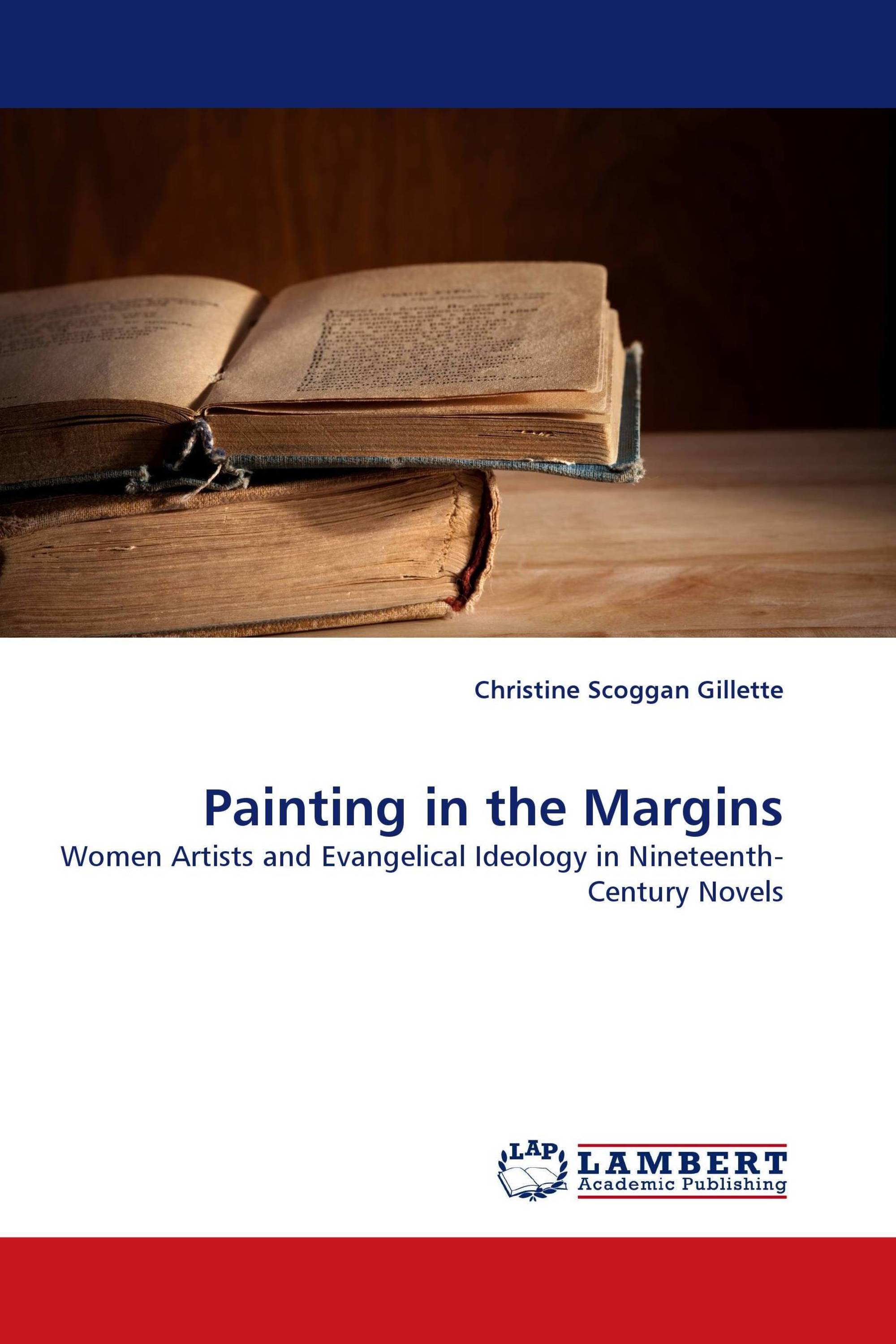Novels about women painters written in the nineteenth century offer readers one of the more fascinating puzzles in literary studies. While those written before 1850 portray successful women painters as heroines, novels written in the latter half of the century depict women artists as weak, flawed, and destined for failure. The success or failure of these novelistic women painters is intimately connected with the degree to which the authors themselves did or did not follow the tenets of evangelical Protestant belief. Paradoxically, the closer the author''s connection to evangelical ideology, the more likely her protagonists are to succeed as painters; the more distant the writer is from evangelicalism, however, the more likely her women characters will fail as painters. This book examines how a small group of women authors sidesteps some paternalistic and conservative elements of evangelicalism while yet applying other principles of evangelical belief in order to justify and ennoble their women characters'' very nontraditional behavior. This study highlights the complex interactions between religion, work, social class, gender roles, and even popular novels and their readership.
Book Details: |
|
|
ISBN-13: |
978-3-8383-9160-1 |
|
ISBN-10: |
3838391608 |
|
EAN: |
9783838391601 |
|
Book language: |
English |
|
By (author) : |
Christine Scoggan Gillette |
|
Number of pages: |
276 |
|
Published on: |
2010-08-12 |
|
Category: |
Language and literature science |
